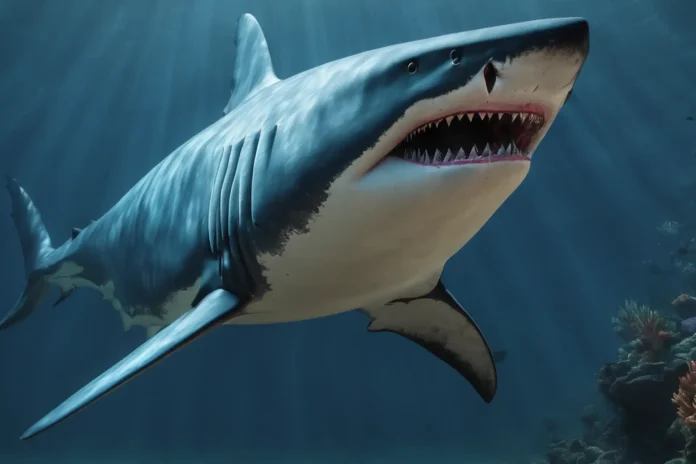For decades, the Megalodon real life body shape and teeth have captured our imagination as the ultimate big predator, a monstrous shark that ruled the ancient seas with unparalleled force. Popularized by films like “The Meg,” its image has been synonymous with sheer size and brute force. However, a groundbreaking new study published in Palaeontologia Electronica challenges this perception, revealing a Megalodon real life body that was sleeker, potentially longer, and with surprising implications for its life and extinction.
Megalodon Real Life Beyond the Monstrous Myth
The days of picturing the Megalodon as a bulky, great white look alike are gone. This international research effort, led by Phillip Sternes of the University of California, Riverside, and Kenshu Shimada of DePaul University, carefully re-examined fossil evidence and compared it to living shark relatives. Their findings paint a radically different picture: a streamlined Megalodon, more similar to the swift and clever mako shark.
Shedding Light on an Unclear Past
The lack of complete Megalodon skeletons has long been a struggle to understand its proper form. This study employed innovative techniques to overcome this challenge, including CT scans of a living great white shark. By strictly analyzing vertebral proportions and comparing them across shark species, the researchers could create a more accurate picture of the Megalodon real life body shape.
A New Shape has Emerged
The results are nothing short of a groundbreaking revelation. The Megalodon real body, while undeniably massive, wasn’t the thick giant we envisioned. Instead, it possessed a slim, elongated body, potentially exceeding even the previously estimated lengths of 50-65 feet. This revised understanding throws open a treasure chest of new questions about the Megalodon’s life and its impact on the ancient marine world.
Revealing the Predator’s Secrets
The Megalodon’s streamlined form suggests adaptations beyond just size. Its potentially longer digestive tract hints at improved nutrient absorption, allowing it to hunt less frequently. This could have affected the ecosystem, reducing predation pressure on other marine creatures. The study even proposes that competition with the emerging whale great white shark, a more active predator, might have played a role in the Megalodon’s eventual extinction.
For more science-related articles, Click here.
A Ripple Effect Through Time
The implications of this research extend far beyond the Megalodon itself. Understanding its proper form sheds light on the complex dynamics of ancient marine ecosystems, revealing the delicate balance between predators and prey that shaped the oceans we see today. It opens doors for further investigation into the Megalodon’s behavior, extinction causes, and its broad impact on the evolutionary path of marine life.
The Megalodon real life story reminds us that our understanding of the past is constantly changing. While its “mega” status might have been downsized, its significance as a keystone species and a window into a bygone era remains intact. This study serves as a starting line for further exploration, urging us to delve deeper into the mysteries of this ocean monster and its persisting legacy on the planet we inhabit.



